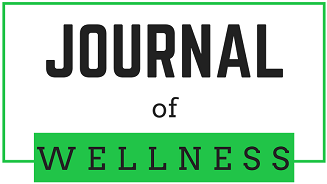
Funder
The author(s) received no specific funding for this work.
Conflict of Interest
The author(s) have no conflict of interest to declare for this work.
Abstract
Psychology as a discipline has historically focused on psychopathology and associated evidence-based modalities to alleviate symptoms of mental illness and distress. In recent decades, however, there has been a shift towards studying the positive aspects of human experience that make life worth living. This Positive Psychological perspective was utilized by Humanistic Psychologist Abraham Maslow when he created his theory of Self-Actualization, in which he postulated that the highest aim a person can strive towards is to become the absolute best version of themselves, and to maximize their abilities and potential to the highest possible degree. Aside from describing a hierarchy of needs required before Self-Actualization could be realized, Maslow left little recommendation for how the phenomenon could be enacted. This article recommends the combined utilization of the non-cognitive trait of Grit along with the implementation of activities that promote the full-immersion state of Flow as prescriptions for Self-Actualization. Additional emphasis is placed on the importance of healthcare professionals utilizing the concepts Grit and Flow in their clinical practice with patients.
DOI
10.55504/2578-9333.1039
Recommended Citation
Dickinson, Samuel
(2020)
"Grit and Flow as Prescriptions for Self-Actualization,"
Journal of Wellness: Vol. 2
:
Iss.
2
, Article 4.
DOI: https://doi.org/10.55504/2578-9333.1039
Available at:
https://ir.library.louisville.edu/jwellness/vol2/iss2/4
